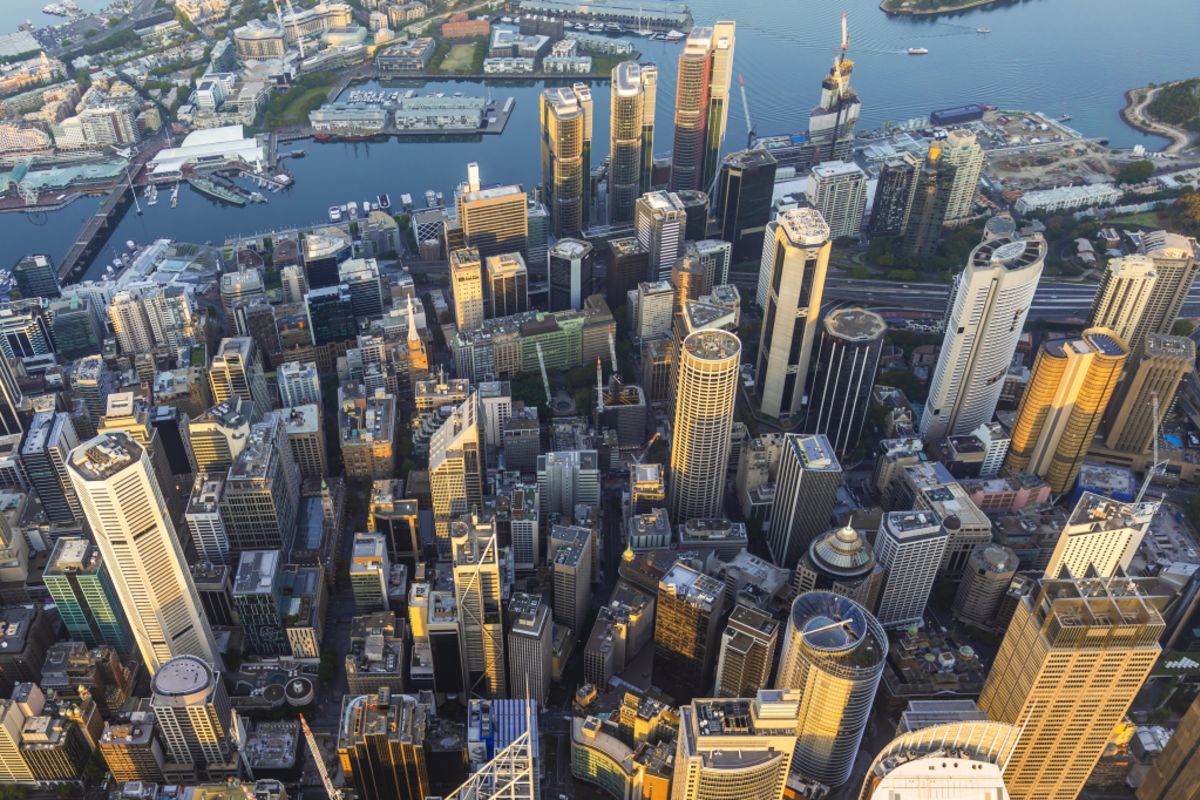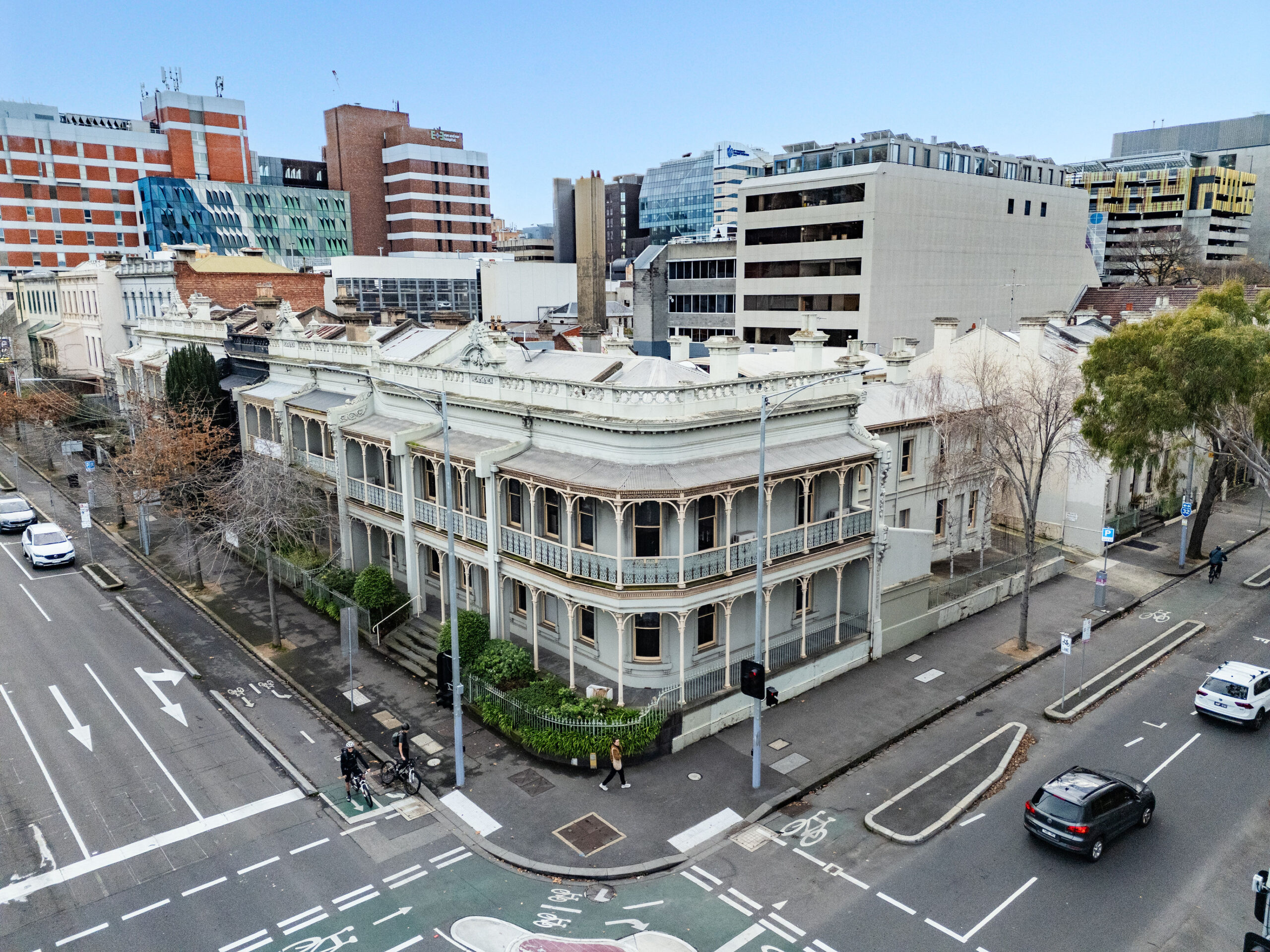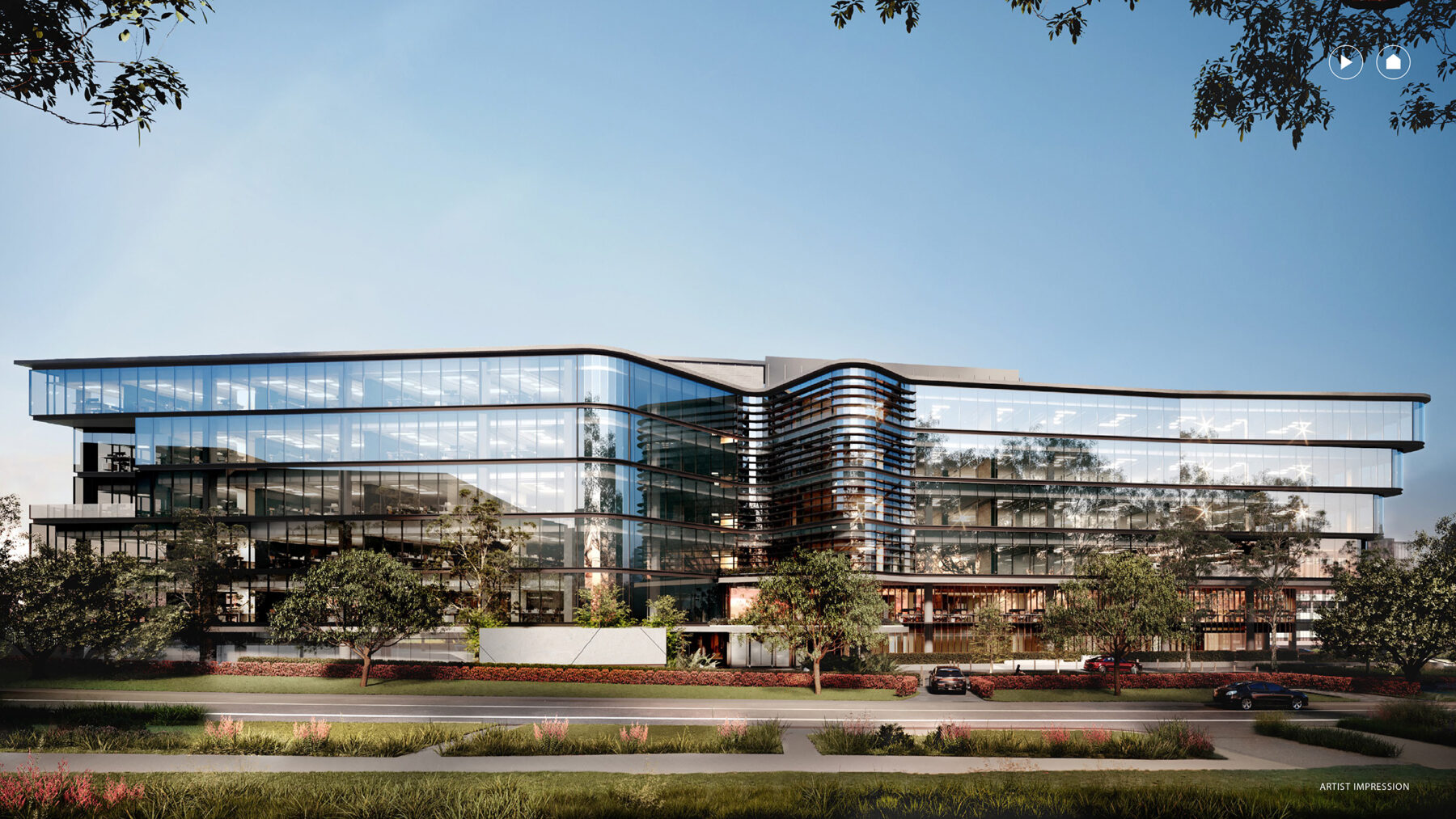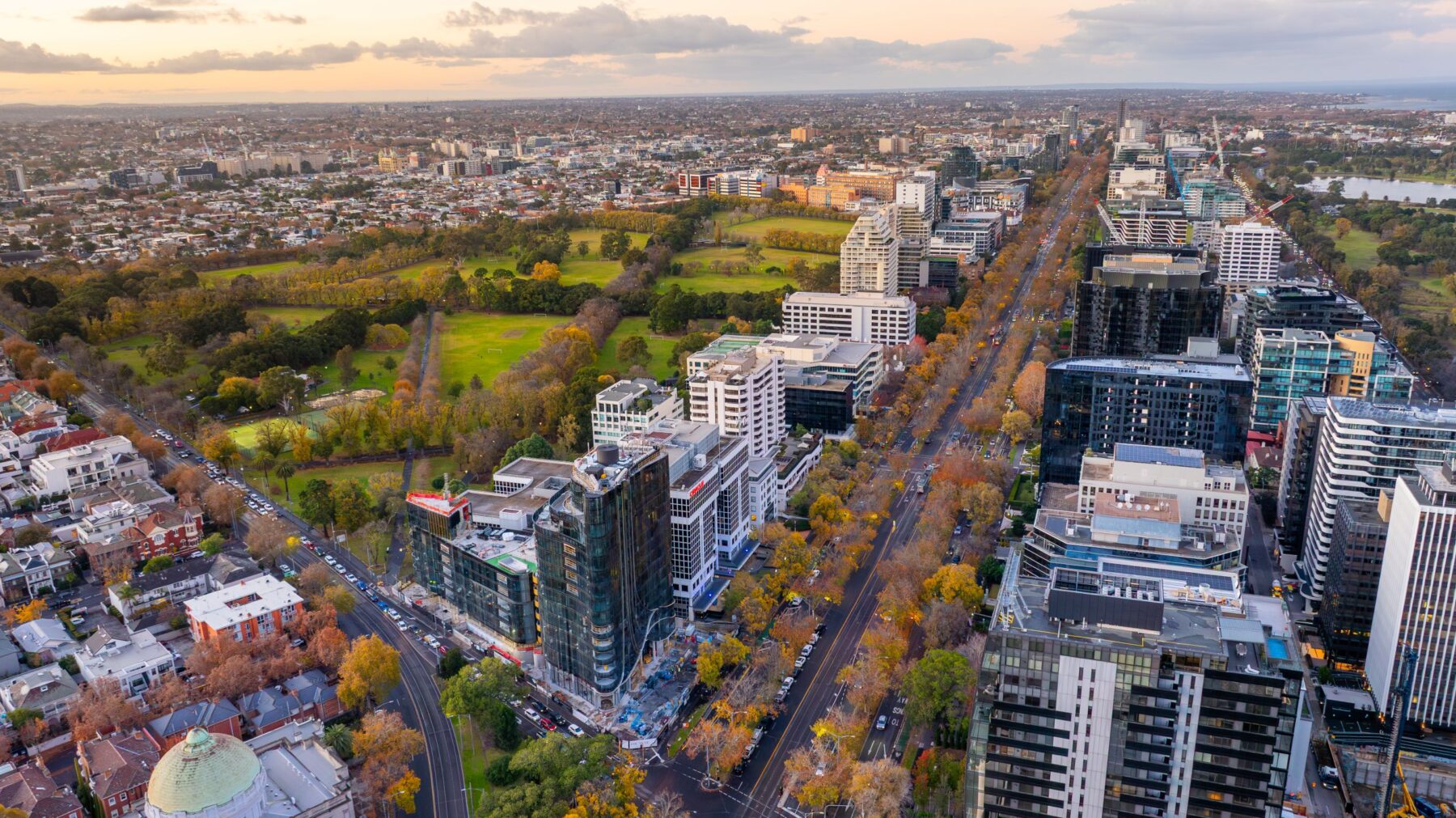
Australian office vacancies have edged higher as COVID-19 has reduced demand for office space at the same time that significant new supply has entered the market over the six months to January 2021.
The Property Council of Australia Office Market Report for the six month period to January 2021 shows that Australia’s office market vacancy rate increased from 9.6 percent to 11.7 percent – its highest level since January 1997.
CBD vacancy increased from 9.2 per cent to 11.1 percent, the highest level since January 2015. Non-CBD markets recorded a larger increase in vacancy, from 10.4 percent to 13.4 percent, the highest level since 1995.
Property Council Chief Executive Ken Morrison said while COVID-19 had reduced demand for office space, most of the increase in vacancy had related to new office buildings coming into the market.
“While it was not a surprise to see office vacancies increase in the middle of a pandemic, it is the new supply of office space that is responsible for three quarters of this impact, not reduced tenant demand,” Mr Morrison said.
“COVID-19 has reduced demand for office space as businesses downsize, but this had a much smaller influence on vacancy rates than the new supply coming on stream.
“Our biggest CBD office markets of Sydney and Melbourne were in very strong shape prior to the onset of the economic downturn caused by the pandemic.
“While vacancy rates for the six months to January 2021 are now the highest in some years, there is still strong interest in commercial property as evidenced in recent deals, particularly for premium CBD stock.
“Despite talk of a flight from the CBD in response to COVID-19, non-CBD markets also saw notable increases in vacancy indicating that widespread health restrictions across all workplaces and the economic downturn caused by the pandemic were strong prevailing influences, rather than an aversion to CBD offices.
“As our office markets adapt to a COVID-normal setting, business and government have a critical role to play in supporting the return to office workplaces and helping more people come back to office precincts,” Mr Morrison said.
“Vibrant CBDs drive investment, growth and productivity and must be part of our national recovery planning,” Mr Morrison said.
Office vacancies are calculated on whether a lease is in place for office space, not whether the tenant’s employees are occupying the space or working from home.
Key results – six months to January 2021
- Australian office market vacancy increased from 9.6 percent to 11.7 percent – the highest since January 1997.
- Net absorption was -158,26sqm over the six months to January 2021 – the lowest since July 2013. The historic average is 151,447sqm.
- 544,510 sqm of space was added during the period – the highest since July 2010. 353,255sqm of space was added over six months to July 2020. The historical average of 311,793sqm
- A total of 91,020sqm was withdrawn over the period. The historical average is 162,181sqm.
- By net absorption, the best performing markets were Canberra (50,144sqm), Parramatta (28,673sqm), and Crows Nest/St Leonards (11,909sqm).
CBD markets
- Vacancy for the total Australian CBD office market increased from 9.2 percent to 11.1 percent – its highest since January 2015.
- Melbourne CBD vacancy was 8.2 percent, up from 5.8 percent, and Sydney CBD was 8.6 percent up from 5.6 percent.
- All other major CBD markets continued to report double digit vacancy figures: Canberra 10.1 percent (unchanged); Brisbane 13.6 percent (up from 12.9; Adelaide 16.0 percent (up from 14.3); Perth 20.0 percent (up from 18.4).
- Net absorption for the Australian CBD office market was -89,477sqm, the lowest since July 2013. The historic average is 96,291sqm
- A total of 339,833sqm of stock was added to CBD markets over the period. The historical average is 237,287sqm
- 63,763sqm was withdrawn, about half the historic average is 125,604sqm
Non-CBD markets
- Vacancy for the total Australian Non-CBD market increased from 10.4 percent to 13.4 percent – the highest since January 1995.
- Net absorption was -68,790sqm – the lowest on record. The historical average is 55,156sqm
- 204,677sqm of stock was added to Non-CBD markets over the period – more than two and a half times the average of 74,506sqm
- 27,257sqm of stock was withdrawn over the period. The historic average is 36,576sqm
- By vacancy, the top 3 non-CBD markets are East Melbourne (4.1 percent), Parramatta (6.4 percent), Newcastle (7.8 percent) and Macquarie Park (9.6 percent)
Future supply – total
- A total of 652,208sqm of stock is due to be added in 2021, in line with the 12-month historic average
- The historical average 12-month supply of space to the total Australian market is 622,088sqm
- A further 619,041sqm is due to come online around Australia during 2022.
- 361,981sqm is due to come online from 2023 onwards
- A total of 914,880sqm is mooted.
Future supply – CBD markets
- A total of 459,156sqm of stock is due to be added to CBD markets in 2021, in line with the 12-month historic average
- The historical average 12-month supply of space to the total CBD markets is 472,678sqm
- In 2022, 512,356sqm is due to be added
- A further 201,000sqm is due to come online from 2023 onwards
- A total of 552,982sqm is mooted
Future supply – Non-CBD markets
- A total of 193,052sqm of stock is due to be added to Non-CBD markets in 2021
- The historical average 12-month supply of space to the total Non-CBD markets is 149,410sqm
- 106,685sqm is due to be added in 2022
- 160,981sqm of space is due to come online from 2023 onwards
- A total of 361,098sqm is mooted
Our Views:
The statistics reveal that Office vacancies are higher this period predominantly due to additions to supply which haven’t been taken up by the usual rate due to COVID.
What is yet to be seen is how much space will be handed back as and when corporations decide they no longer want or need the extra space. This rationalisation of space will occur over the next few years.
Most major markets also have projects still under construction with substaintial amounts of unlet space.
We therefore expect vacancy to move higher over the coming 1-3 years.
Below are the various charts from PCA and the national statistics.
Vacancy, Australian CBD markets, January 2021
| Market | Vacancy rate, Jan 21 (%) | Vacancy rate, Jul 20 (%) | Vacancy rate, Jan 20 (%) |
| Hobart CBD | 5.1% | 4.1% | 4.1% |
| Melbourne CBD | 8.2% | 5.8% | 3.2% |
| Sydney CBD | 8.6% | 5.6% | 3.9% |
| Canberra | 10.1% | 10.1% | 10.3% |
| Brisbane CBD | 13.6% | 12.9% | 12.7% |
| Adelaide CBD | 16.0% | 14.3% | 14.2% |
| Darwin CBD | 19.7% | 16.8% | 16.8% |
| Perth CBD | 20.0% | 18.4% | 17.5% |
| Total (all CBD markets): | 11.1% | 9.2% | 8.0% |
Vacancy, Australian Non-CBD markets, January 2021
| Market | Vacancy rate, Jan 21 (%) | Vacancy rate, Jul 20 (%) | Vacancy rate, Jan 20 (%) |
| East Melbourne | 4.1% | 2.2% | 2.4% |
| Parramatta | 6.4% | 4.8% | 3.2% |
| Newcastle | 7.8% | 7.6% | 7.6% |
| Macquarie Park | 9.6% | 6.8% | 4.6% |
| Adelaide Fringe | 11.6% | 14.4% | 14.2% |
| Southbank | 12.3% | 10.5% | 9.7% |
| Crows Nest/St Leonards | 12.8% | 9.0% | 7.0% |
| St Kilda Road | 12.9% | 9.3% | 8.7% |
| Chatswood | 13.0% | 8.8% | 3.7% |
| Sunshine Coast | 13.2% | 16.7% | 16.7% |
| Wollongong | 14.1% | 9.1% | 9.1% |
| Gold Coast | 14.3% | 13.0% | 12.8% |
| Brisbane Fringe | 16.6% | 14.3% | 13.7% |
| North Sydney | 19.5% | 8.0% | 7.6% |
| West Perth | 22.1% | 22.1% | 17.9% |
| Total (all non-CBD markets): | 13.4% | 10.4% | 9.2% |














































